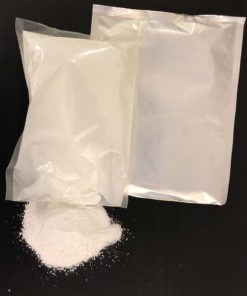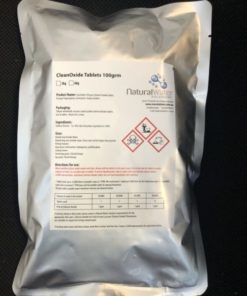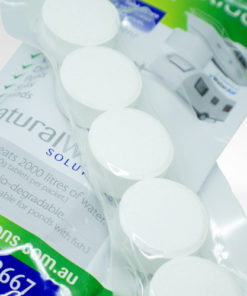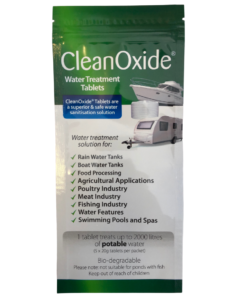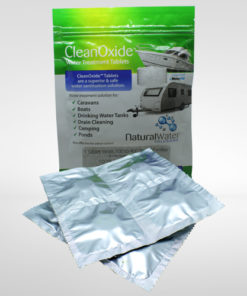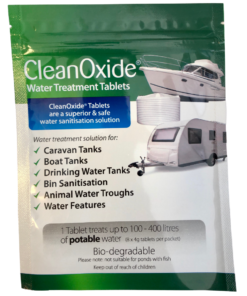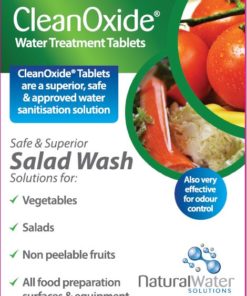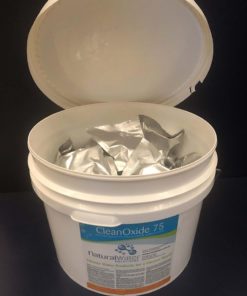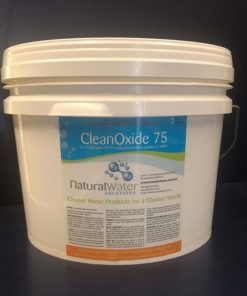Chlorine Dioxide Approvals
Dose Rates & Approval Information for Cleanoxide (Chlorine Dioxide )
Food Standards Australia / New Zealand (FSANZ) General Food Standard 1.3.3
Chlorine dioxide is permitted as a processing aid in packaged water and water used as an ingredient in other food.
Australian Pesticides and Veterinary Medicines Authority (APVMA)
Chlorine dioxide is exempt from the requirements for approval of a technical grade active constituent.
Australian Drinking Water Guidelines
The Australian Drinking Water Guidelines (the ADWG) published by the National Health and Medical Research Council (NHMRC) and Natural Resource Management Ministerial Council (NRMMC) in 2004 are not mandatory standards but provide a basis for determining drinking water quality.
Chlorine dioxide has been approved by NHMRC for use in disinfecting drinking water since 2005. The ADWG recommends a maximum of 1mg/L for chlorine dioxide on health grounds and a maximum of 0.4mg/L on aesthetic grounds (taste). According to the ADWG, drinking water may need to be dosed at 1 to 1.25mg/L chlorine dioxide to achieve a residual concentration of 0.4mg/L.
The main impurities associated with chlorine dioxide are chlorite and chlorate. The ADWG recommends a maximum value of 0.3mg/L chlorite on health grounds but currently does not have any recommendation in relation to chlorate due to insufficient data being available. New guidelines are expected to be published in the near future which will recommend a maximum value for chlorite of 0.8mg/L and 0.3mg /L for chlorate.
These guidelines have been developed by reference to conventional methods of generating chlorine dioxide that are associated with high levels of both chlorite and chlorate.
CleanOxide Liquid 75 is a solution of 7500mg/L chlorine dioxide with a maximum chlorite concentration of 75mg/L. At the maximum dose rate of 1.25mg/L chlorine dioxide suggested by ADWG, chlorite concentration from CleanOxide 75 would be less than 0.0125mg/L, far below the recommended maximum.
NW Solutions also has a number of CleanOxide tablets that when dissolved in water generate chlorine dioxide. The concentration of chlorine dioxide depends on the composition of the tablet and the volume of water to which it is added. Treatment volumes are detailed on the CleanOxide packaging.
National Health and Medical Research Council
Chlorine dioxide is approved for disinfection of drinking water in Australia (National Water Quality Management Strategy, Australian Drinking Water Guidelines 6, 2004, National Health and Medical Research Council)
US EPA
US EPA has approved chlorine dioxide for the following applications:
• Bactericide and fungicide for hard non-porous surfaces in hospitals, laboratories and medical facilities
• Bactericide and fungicide for instruments in hospitals and dental facilities
• Dental pumice disinfectant
• Disinfection and deodorisation of ventilation systems and air conditioning duct work
• Final sanitising rinse for food contact surfaces in food processing plants, restaurants, dairies, bottling plants and breweries
• Disinfection of environmental surfaces such as walls, floors and ceilings in food processing plants, restaurants, dairies, bottling plants
and breweries.
• Disinfection of water systems aboard aircraft, boats, mobile homes, off -shore drilling rigs, etc.
• General disinfection and deodorisation of animal confinement buildings such as kennels, barns, pig pens and poultry
farms
• Treatment of stored potable water
• Sanitising rinse for uncut, unpeeled fruit and vegetables
USDA
• P-1 approval for bacterial and mould control on environmental surfaces in federally inspected meat and poultry processing plants
• D-2 approval as final sanitising rinse not requiring a water flush on all food contact surfaces in food processing plants
More information
See the Australian Government Department of the Environment website: environment.gov.au/
For more efficacy data on CleanOxide please click here
Email: info@nwsolutions.com.au
Telephone: 1800 226 303
